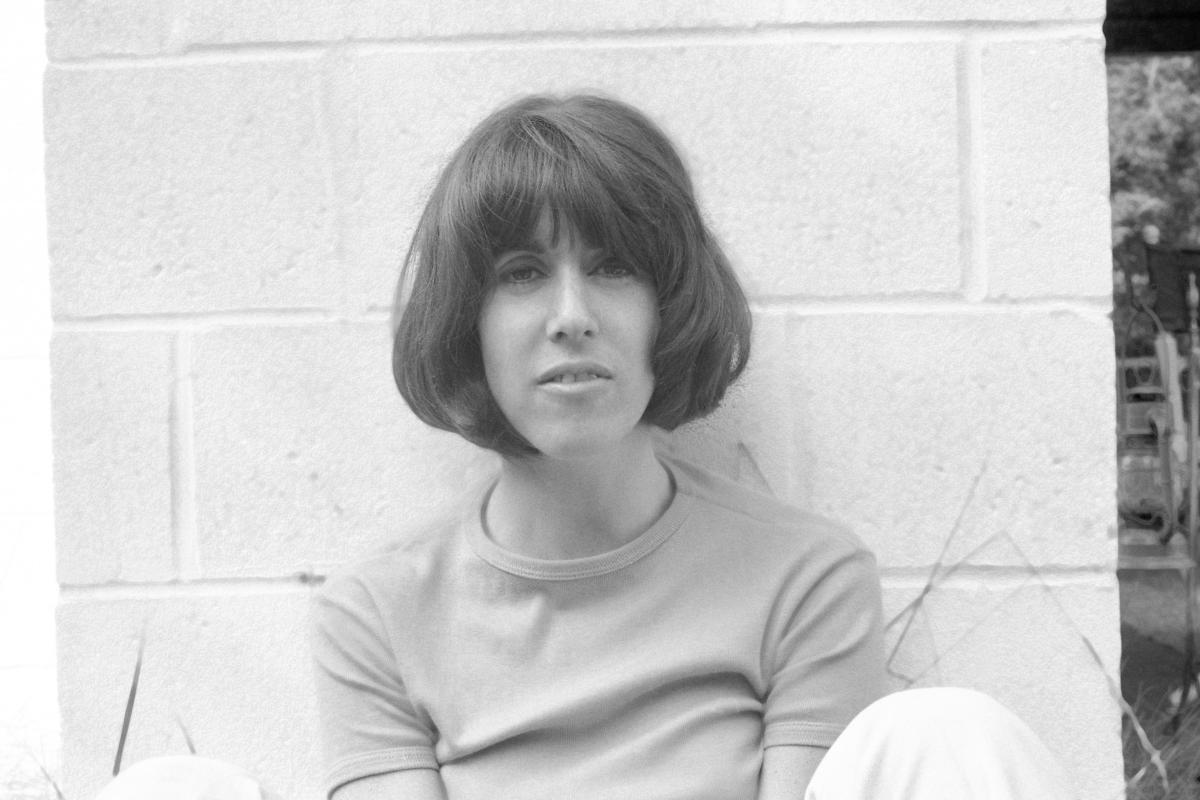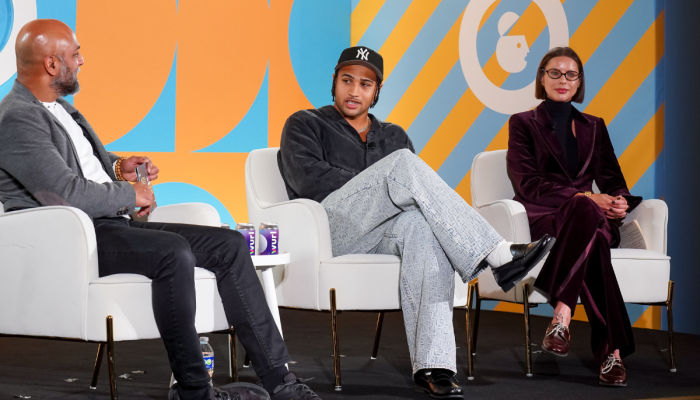One of my favourite comedy writers, Nora Ephron (When Harry met Sally and many others), describes her strategy for deluding herself that she can afford something: think of the years or months you will be able to use it and divide by the number of days. Juggle the number of years/months until you arrive at a daily cost of a cappuccino: a bargain!
I was reminded of this example and of how value is such an elusive concept by an experiment conducted by Peter Kellner described in detail in the November issue of Prospect magazine. He wanted to demonstrate how phrasing questions differently provokes different answers. In this case the issue was: do people think the BBC licence fee is good value?
Nine different versions were asked of nine different samples – a total of 2000 people. The findings are fascinating.
The full findings are included in the article but here are the most interesting ones.
When people were asked the simplest version of the question, ‘Overall, do you think the BBC licence fee is good or bad value for money?’, equal numbers replied ‘good’ and ‘bad’, a net score (good minus bad) of 0. However, adding information changed the figures. Reminding people it was £145.50 a year increased the numbers who said it was ‘bad’ value in a ratio of two to one. However, if the fee was presented as 40p a day, the figures changed again, to a figure of +8 – the Ephron Effect.
The next version was a comparison with a Sky package quoted as a monthly subscription.
When told the Sky package is £19.50 and the licence fee, £12.13, people give Sky a positive score and the BBC a negative score. But at the Sky premium fee of £55.75 (includes sports and movies), the scores for BBC become positive again. The final version was to include a warm-up question: ‘How satisfied are you with the service provided by the BBC?’ 75% say they are satisfied. So that when asked about the value of the licence fee, the positive score goes way up to +25.
Kellner is making a very important point about poll findings, and these wide ranging differences in responses illustrate the variability spectacularly well. However, there are lessons for marketers in how to present pricing.
For more on this, I recommend Rory Sutherland’s article in the forthcoming Market Leader, in which he examines this very subject amongst others in an extract from a recent British Brands Group lecture.



